The leader of a country, for better or worse, often plays a pivotal role in the nation’s trajectory and influencing the lives of its citizens. Political leaders can significantly impact social, economic, and cultural landscapes, creating a legacy for themselves that ultimately shapes their nation’s identity.
While some of us have grown used to the frequent turnover of leadership – officials seemingly leaving office before their term fully begins – this is not true everywhere. In many countries, leaders maintain their positions for extended periods over years or even generations, and in doing so become some of the world’s longest serving presidents.
In this spirit, and as the US prepares to go to the polls yet again, we wanted to draw attention to those who have held political office for the longest periods. To avoid making this a list largely of ageing kings, we have excluded monarchs from this analysis.
Here’s the breakdown of the ten longest-serving non-royal leaders in the world, correct as of November 2024.
What are the rules?
Like the question of “what constitutes a country,” who counts as a “serving non-royal leader” is a topic of equal controversy.
While compiling this list, we hit a hurdle almost immediately. Should we include those who served as Prime Minister? After all, this would change who takes the crown as the world’s longest-serving leader. On balance, we decided to include Prime Ministers and their time in office in our rankings. Often, they are the main source of political power, especially in countries where the presidency is a ceremonial position.
Then, there’s the issue of whether Iran’s Supreme Leader, Ayatollah Ali Khamenei, should fall under the “royal” or “non-royal” bracket. While the nation does have a president, they cannot be sworn in without the permission of the Supreme Leader, who can also choose to dismiss the president at any time.
The Supreme Leader wields most of Iran’s political power, especially in areas concerning the economy and foreign affairs. This office, while not directly elected by the public, is appointed by the Assembly of Experts, an elected body. However, candidates for the body are carefully vetted by senior clerics before appearing on the ballot.
While Khamenei’s leadership hardly align with international democratic standards, this is not a list just of democratic leaders. And although Khamenei’s tenure resembles aspects of a monarchy — particularly with its lifelong term — it still requires an initial “election” and is not based on bloodline. Finally, Khamenei’s role carries significant political power, the sum of which supports his inclusion in this ranking of non-royal leaders who have served longest.
Finally, we are including the entirety of an individual’s time in office, even if they had a break in service. While President Nguesso of Congo-Brazzaville has only served continuously since 1997 – which would still put him on this list – he was in office for 13 years between 1979 and 1992. Therefore, in his lifetime, he has exercised real power for almost four decades, justifying his fourth-place ranking.
These criteria, though not without flaws (or debate), aim to highlight which non-royal leaders have held the reins of power in their nations the longest.
Here’s the List of the Longest Serving Presidents!
1. President Paul Biya of Cameroon – in power for 49 years. President Biya takes first place on our list, having led Cameroon since 1975. After having spent 7 years as Prime Minister – a largely ceremonial position – he took over as president after his predecessor resigned in 1982, so he’s technically not the longest serving president in the world. At 91 years old, Biya is also the oldest head of state – royal or otherwise – making the likes of Joe Biden look positively youthful.
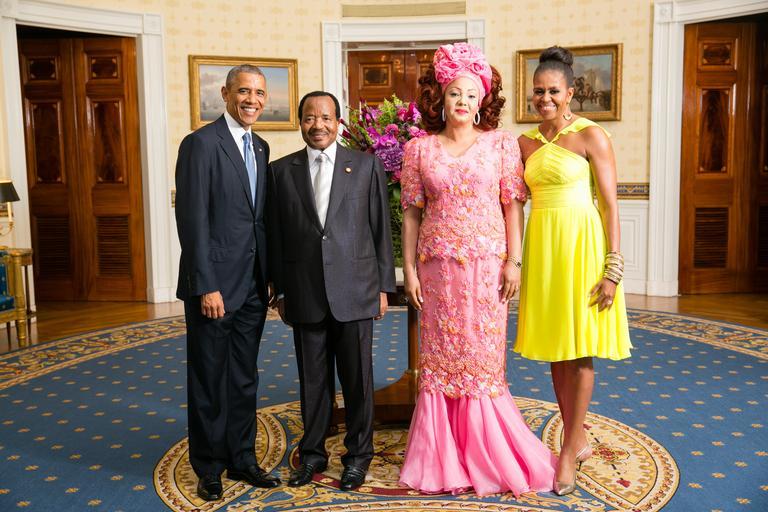
He has largely retired to his Geneva penthouse in recent years and had to defy rumours of his death by organizing a photoshoot upon returning to Cameroon. However, this isn’t stopping him from gearing up to run for another seven-year term in 2025. Biya’s tenure has been marked by the ongoing conflict between the majority Francophone population, supported by him, and the English-speaking minority in the south.
You can visit Cameroon with us on our annual Cameroon & Central African Republic Adventure, and discover a country nicknamed “Africa in Miniature.”
2. President Teodoro Obiang Nguema Mbasogo of Equatorial Guinea – in power for 44 years. Obiang became president of Africa’s only Spanish-speaking nation in 1979, having overthrown his uncle. He has been in office since, which makes him the world’s longest serving president.
He came to power by deposing Francisco Macías Nguema, who led a highly repressive, anti-intellectual regime. Following this coup, Obiang initially positioned himself as a reformer, promising to end his predecessor’s reign of terror. However, his long presidency has since been marked by accusations of human rights abuses. Despite his country’s vast oil wealth, much of the population remains in poverty.
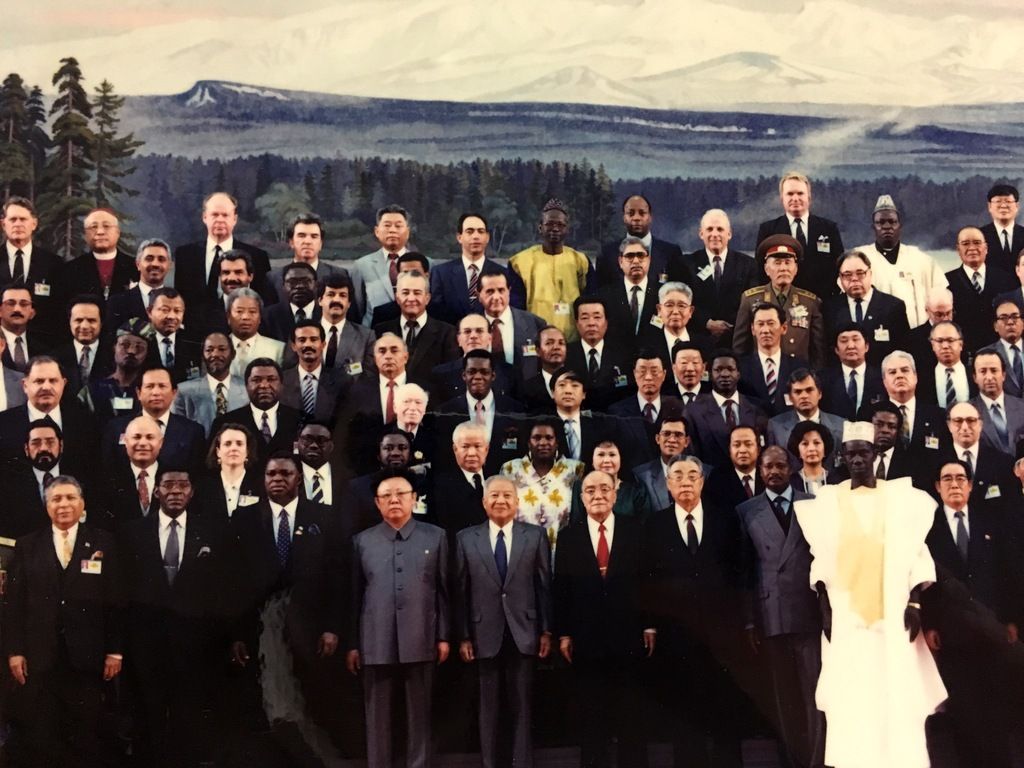
We led our first trip to Equatorial Guinea in 2018 and can organize a private tour for you. Watch this space regarding the restarting of group tours to the country!
3. Supreme Leader Ali Khamenei of Iran – in power for 43 years. Since 1989, Khamenei has been Iran’s highest-ranking political and religious authority, exerting significant influence over this regional powerhouse. His ascent to leadership began with his role as President from 1981 until he was appointed Supreme Leader after the death of Ayatollah Ruhollah Khomeini.
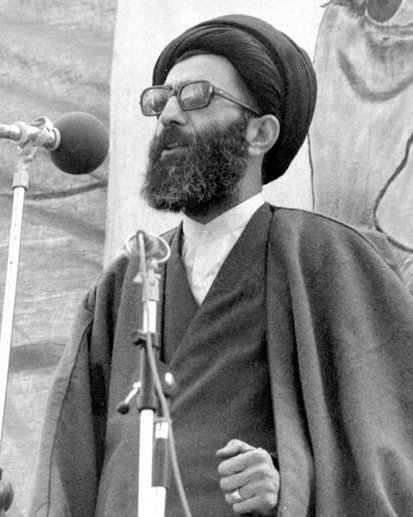
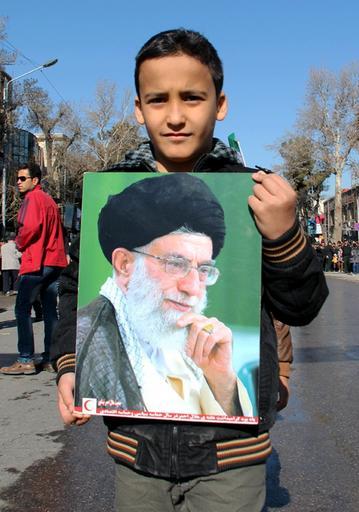
With a central role in Iran’s clergy and strong alliances within the conservative establishment, Khamenei solidified his authority and steered the nation through substantial political and social changes. To this day, he remains instrumental in shaping Iran’s ideological path and international stance.
Iran is one of our favourite destinations, and although tours are currently on hold due to regional tensions, we’re eager to return as soon as the time is right!
4. Denis Sassou Nguesso of the Republic of the Congo – in power for 39 years. After first serving from 1979 to 1992, Nguesso regained power in 1997. After first taking office with the establishment of a socialist republic, he governed as the head of a single-party, Marxist-Leninist state until democratization efforts led to his electoral defeat in 1992.
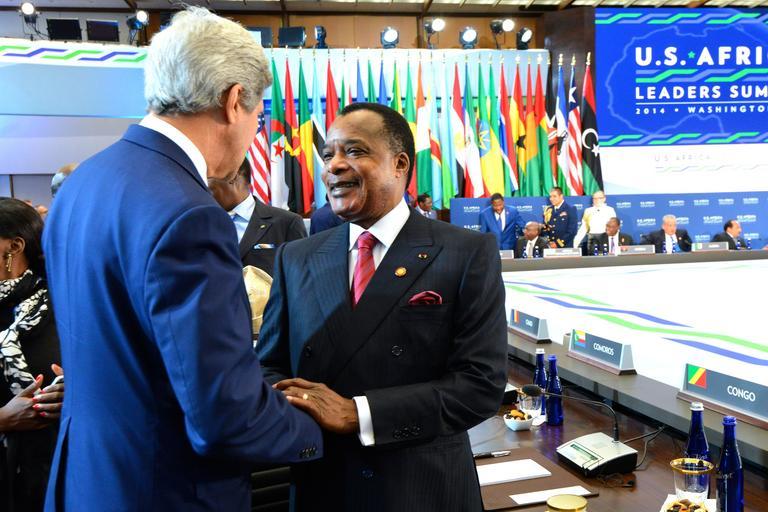
However, civil conflict in 1997 enabled Nguesso to regain power with the backing of Angolan forces, marking the beginning of his second presidency that has allowed him to become one of the world’s longest serving presidents. Since then, he has held power through constitutional changes and political maneuvering, allowing him to extend his leadership and navigate political unrest.
We visit the Republic of the Congo (Congo-Brazzaville), as part of a tour that also goes to the Democratic Republic of the Congo and Angola’s Cabinda Exclave. We can also arrange a private tour for you – check out our country page to find out more!
5. Yoweri Museveni of Uganda – in power for 37 years. Museveni became president in 1986 after leading a rebellion that toppled the previous government, known as the Ugandan Bush War. Despite being hailed by Bill Clinton as part of a “new generation of African leaders,” he continues to be in power today as one of the world’s longest serving presidents.
Even by the standards of longstanding African leaders, Museveni is a colourful figure. Known for his combative interviews, wearing of a wide-brimmed sunhat, and vehement homophobia, he has maintained his long presidency despite various ethnic conflicts and insurrections.
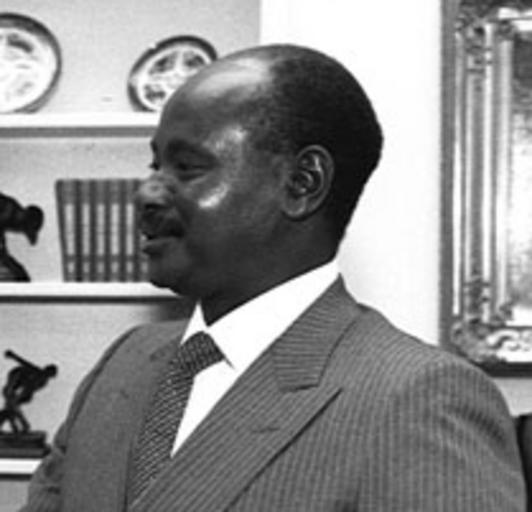
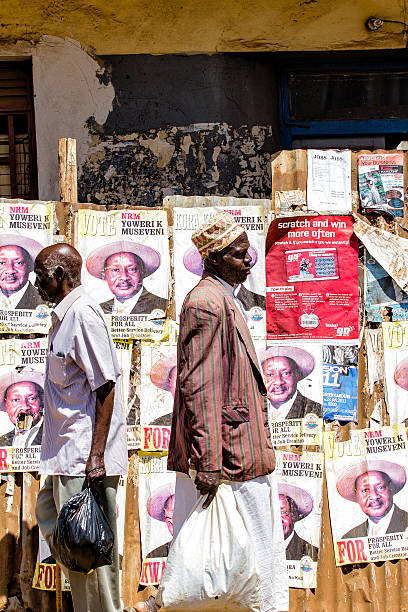
While he has been credited for holding the country together through all this time – and for picking up the pieces from Idi Amin and Milton Obote’s Presidencies – this has been at the cost of increasing authoritarianism and human rights limitations. Despite growing opposition, he has consistently secured re-election, albeit in polls described as neither free nor fair.
Known as the “Pearl of Africa,” Uganda is among the most beautiful and diverse countries on the continent. We arrange group tours here as part of our East Africa Combo and have experience organizing private tours. Read more about this on our Uganda page.
6. Emomali Rahmon of Tajikistan – in power for 31 years. Rahmon first gained power amidst the brutal Tajik Civil War of the 1990s and has held the office ever since. He is the longest-serving leader in Central Asia, and the only president most Tajiks have ever known.
Under his leadership and long presidency, Rahmon has focused on stabilizing the country’s fragile political landscape and has implemented policies aimed at economic reform. However, progress has often been hampered by structural issues and regional instability, especially in the diverse and mountainous Pamir region.
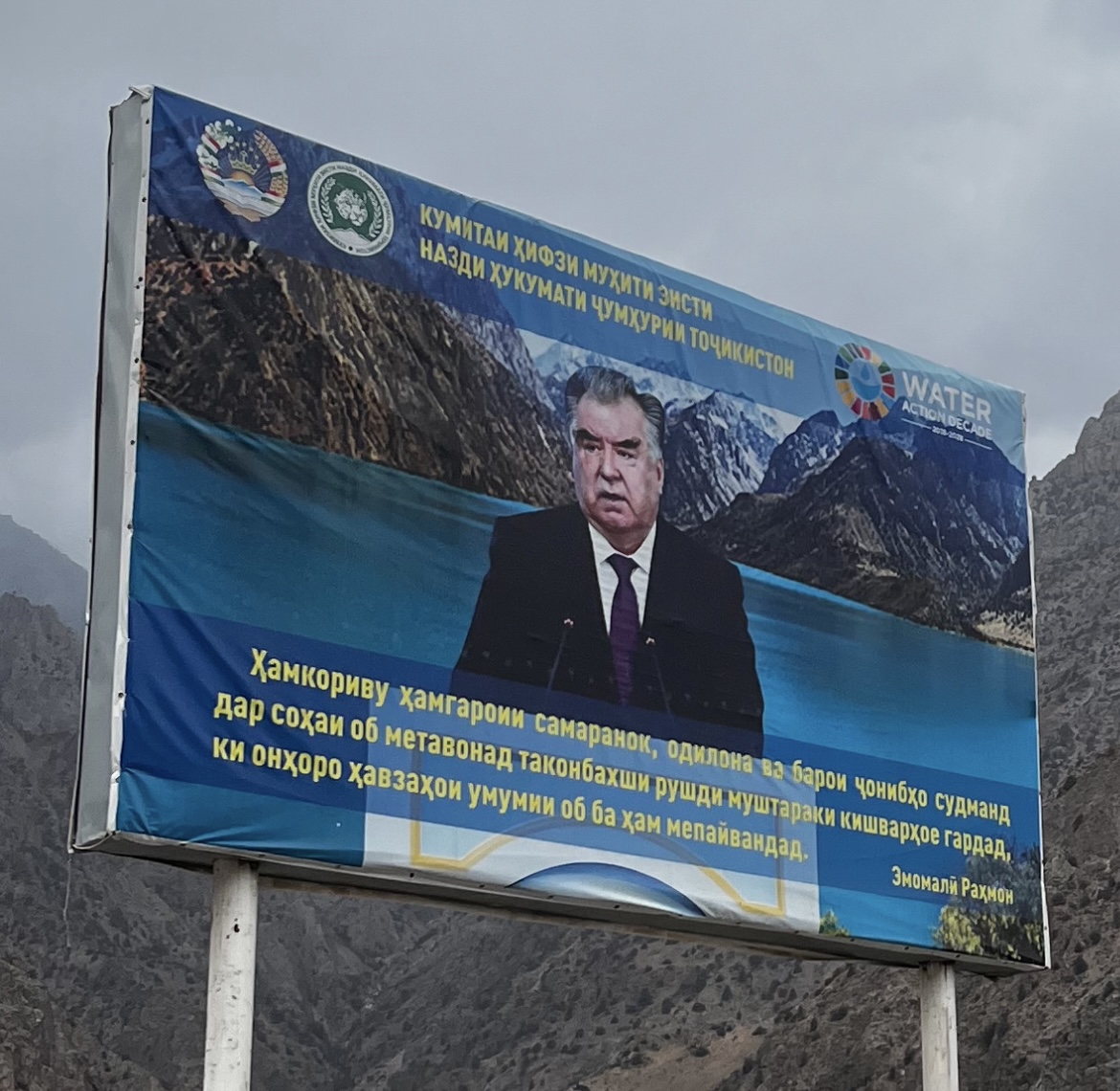
As a former Soviet state that shares a border with Afghanistan, Rahmon has been careful to balance the geopolitical needs of his country, which is why he is one of the world’s longest serving presidents today. He has expanded his power through constitutional changes, allowing him to secure repeated re-election and assert significant control over Tajikistan’s government and political direction.
If you visit Tajikistan, you will notice that the President’s image is ubiquitous throughout the country. See this for yourself by joining one of YPT’s Five Stans trips through Tajikistan, our Pamir Highway adventure, or else check out the Tajikistan landing page for information on a private tour.
7. Isaias Afwerki of Eritrea – in power for 30 years. Afwerki has been Eritrea’s president since its independence from Ethiopia in 1993. Notably, he is the first leader on our list who has been the only President of their country.
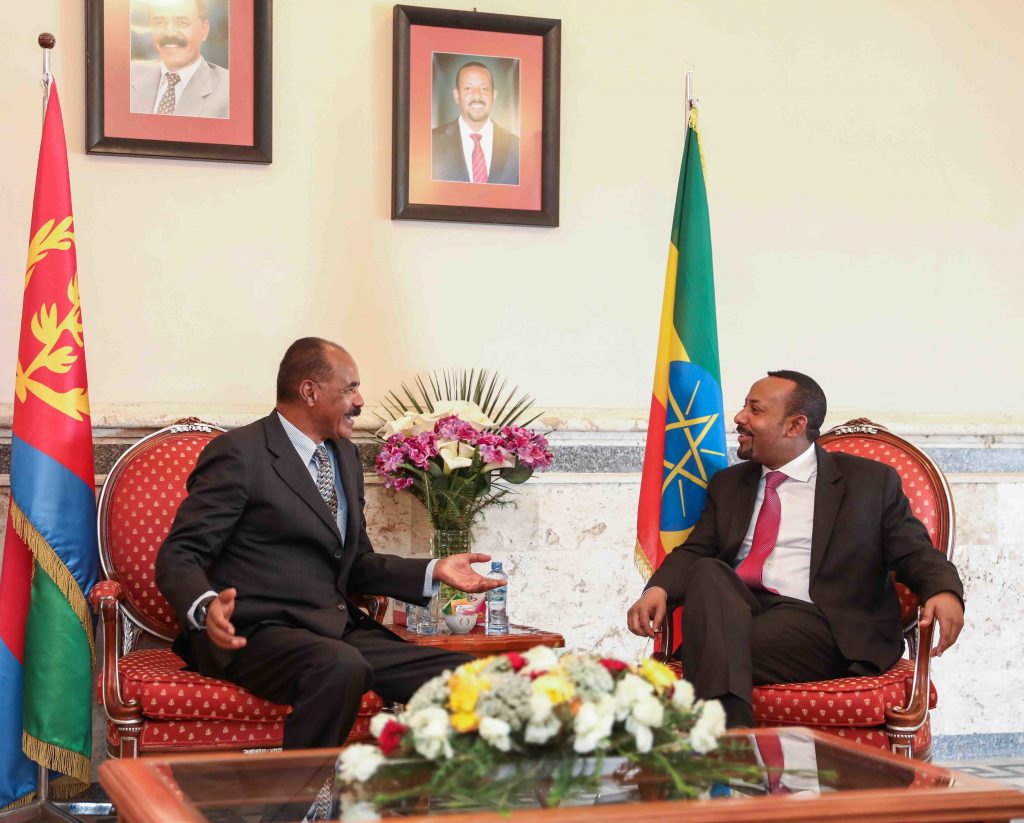
Coming to power as the leader of the Eritrean People’s Liberation Front, which fought for the nation’s independence, he has maintained an iron grip on the nation’s politics ever since. Afwerki has been at the country’s helm through significant trials, including various border wars with Ethiopia, economic challenges, and restricted civil liberties.
Eritrea is one of our favourite countries, and we have been coming here for over a decade. Head to our Eritrea country page to find out how to join one of our many group tours there, or for us to help you arrange a private tour.
8. Alexander Lukashenko of Belarus – in power for 29 years. Known as Europe’s longest-ruling leader, Lukashenko has controlled Belarus since 1994. Not only is he Europe’s longest-ruling leader, but he is also the only president that independent Belarus has ever had.
Since first being elected in 1994, he has consolidated control over the country’s political and economic spheres. Belarus has also maintained a highly centralized government, leading to it being called a “fossil of the Soviet Union.”

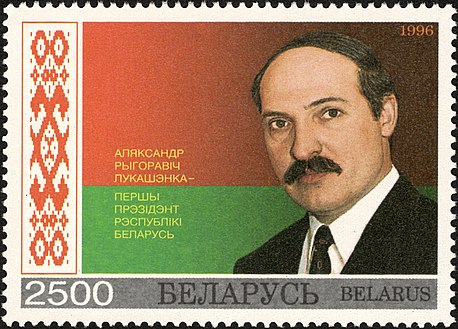
With his signature moustache, here he is on a 1996 postage stamp (right)
Known for his often combative stance toward the West, Lukashenko has preserved close ties with Russia. His tenure has been marked by crackdowns on opposition and international isolation, especially following his controversial re-election in 2020.
Unsurprisingly, for a company that has “Young Pioneer” in its name, we have a large focus on tours to the former USSR. Belarus is no exception, and we offer several group trips to the country throughout the year. Read about everything Belarus-related here, where you can also find out about our private tours.
9. Ismail Omar Guelleh of Djibouti – in power for 24 years. President Guelleh has led his country since 1999, having been handpicked by his uncle. Guelleh’s long presidency has been marked by Djibouti’s strategic role as a key logistical and military hub in the Horn of Africa, hosting military bases for several foreign powers, including the United States and China.
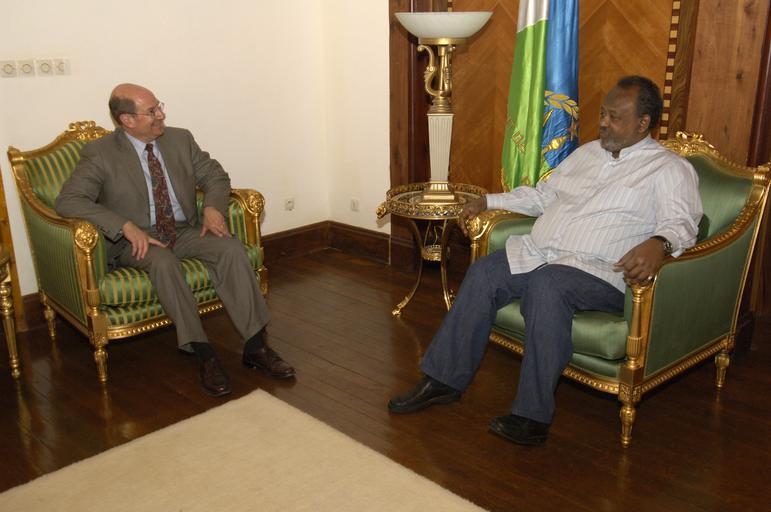
While being careful not to alienate international allies, things have not always been so smooth at home. His changes to the constitution and mass boycotts of several elections have drawn protests back in Djibouti. As one of only four African nations where power has transferred from one family member to the other, it seems Guelleh is planning to make the nation a political dynasty – rumours abound that he is planning his stepson for power.
We run a group tour to Djibouti every May, which can be combined with other countries in the Horn of Africa. For more information on this, or on organizing a private tour centred on the county, check out our Djibouti landing page here.
10. Vladimir Putin of Russia – in power for 24 years. It’s ironic that the man who likely needs the least introduction comes in at the bottom of our list. Having initially assumed the presidency in December 1999, he has alternated between this office and being prime minister, allowing him to maintain a tight grip on power while navigating constitutional constraints.
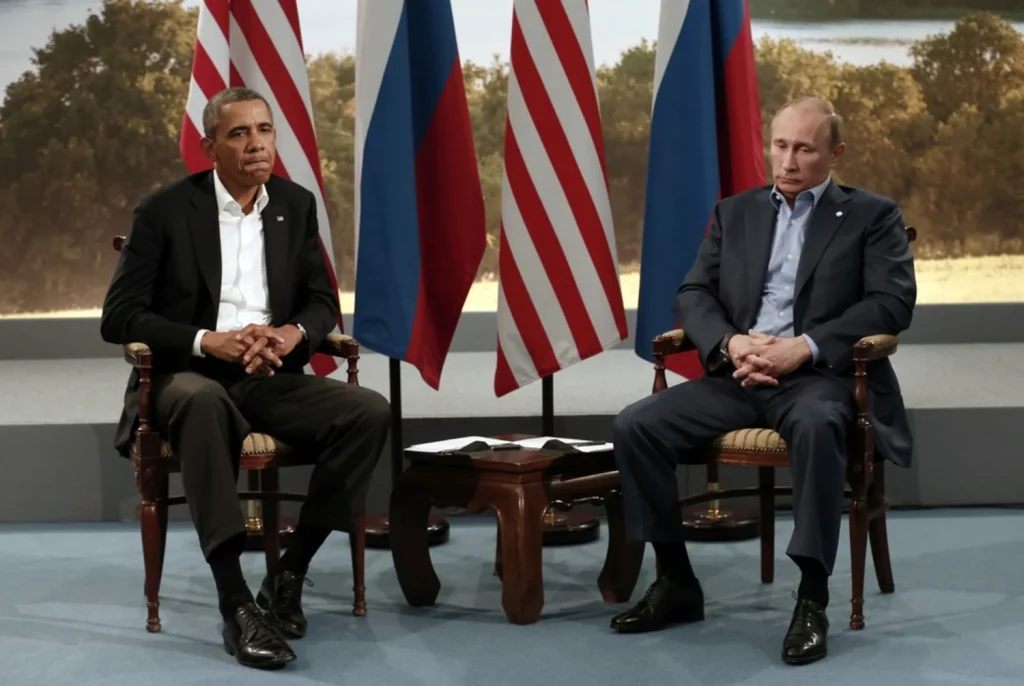
Under his leadership, Russia has experienced significant changes, including economic fluctuations, increased state control over media and dissent, and a more aggressive foreign policy. Despite these criticisms, Putin remains a central figure in shaping Russia’s direction and influence on the global stage.
After many years of disruption, we are planning a full slate of tours to Russia in the coming years. For more information on these and for help with private tours, head to our page on all things Russia!





